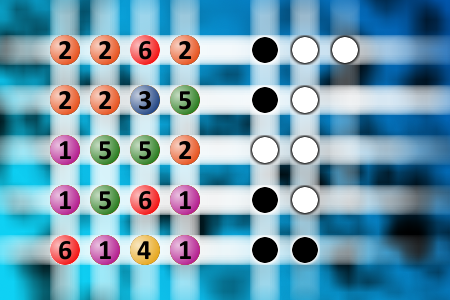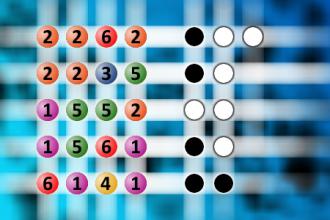What a winning combination?
The computer chose a secret code (sequence of 4 digits from 1 to 6). Your goal is to find that code. Black circles indicate the number of hits on the right spot. White circles indicate the number of hits on the wrong spot.Correct answers: 2
#brainteasers #mastermind

Facelift
This woman goes in for a facelift and the doctor says: "We've got this new method: I put a knob in the back of your head, and every time you feel like you need a lift, just turn it."
She gets the knob implanted and is beautiful for five years.
But one day she notices a problem and returns to the doctor.
"I've got these huge bags under my eyes," she complains.
The surgeon replies: "Those aren't bags; those are your breasts."
"Ah," she sighs. "That explains the goatee."

